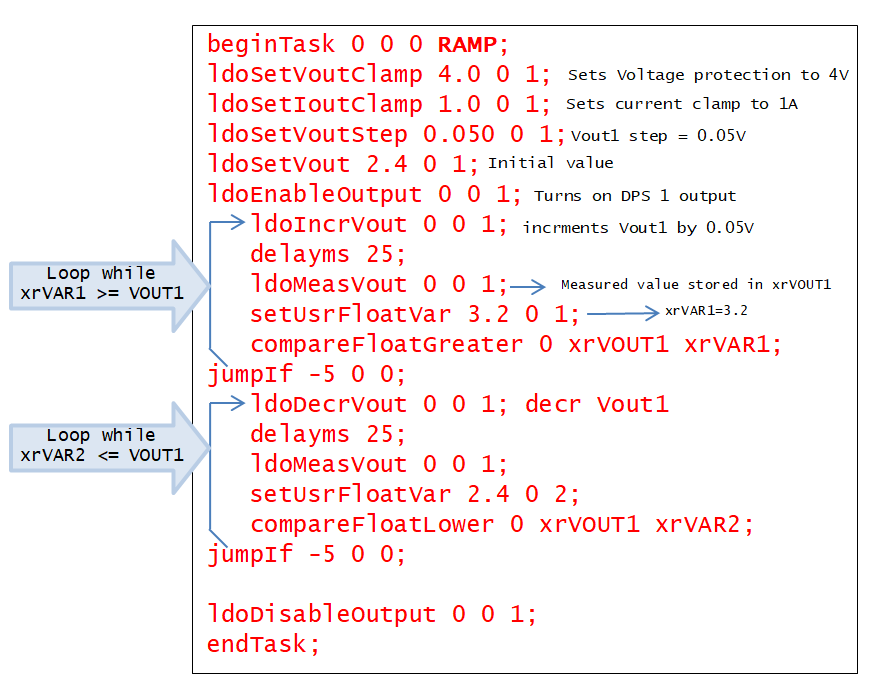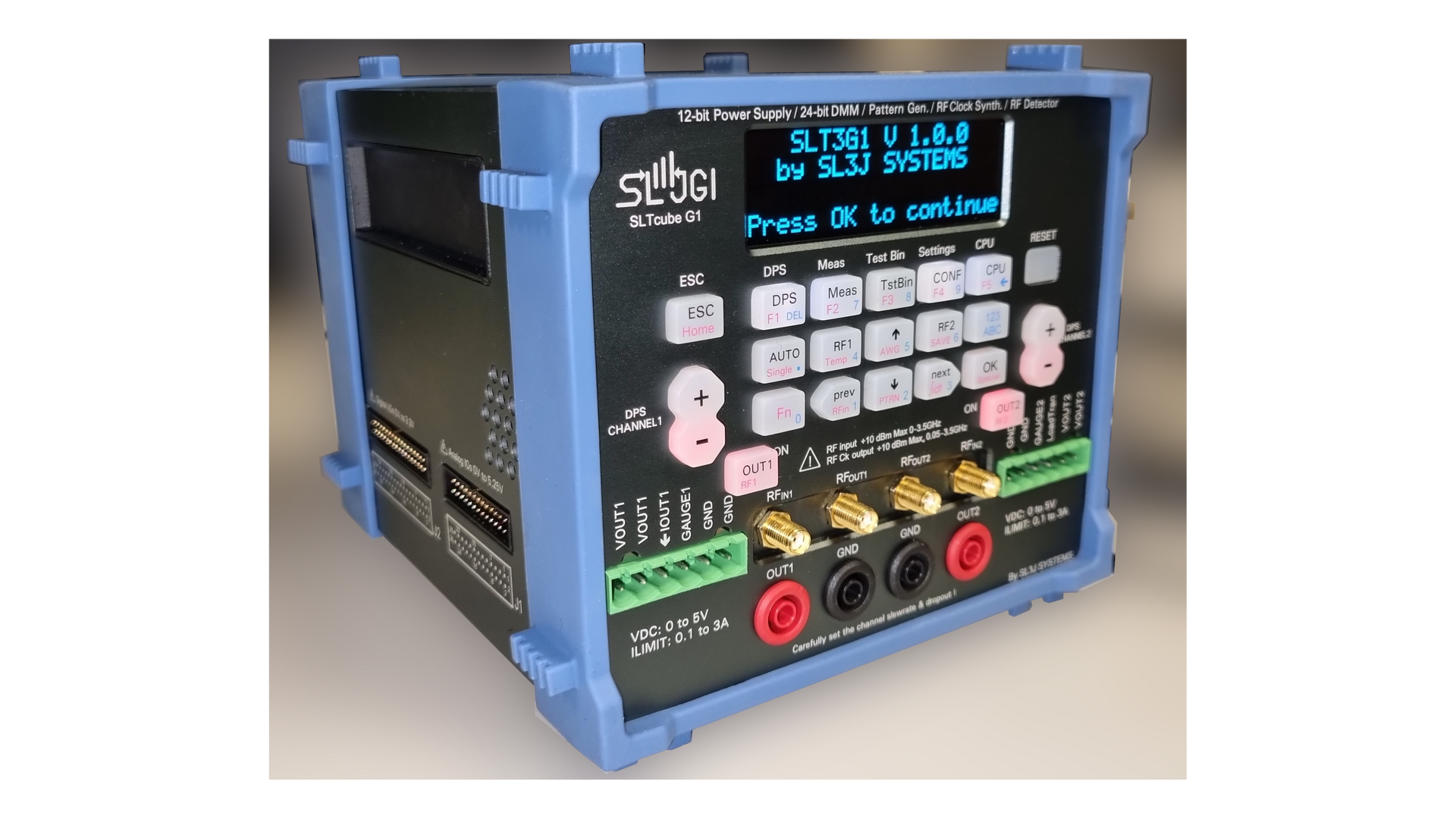Application Notes AN0018
SLT3G1 creating tasks, triggers and shortcuts
Nouveau paragraphe
Abstract:
A short illustration in video and text to demonstrate the test code edition, test sequence upload to the tester, and execution by ysing software and hardware triggers
Audience
- Silicon validation engineers,
- Application Engineers
- Test technicians, operators
- Teachers, graduate students
Creating and running elaborate test sequences
Required HW, FW, and SW tools
- SLT3G1 all-in-one electronic tester
- SLTcube01_FW release 0.9.5 or later
- SLTcubeUX01 release 1.9.1 or later
- SLRTOSmvcG1 release 1.9.1 or later
This blog section is edited for our partners and clients to provide insights about using our all-in-one electronic tester SLT3G1.
The video above provides a quick overview about how to create test sequences, load them to the tester, run them by using front panel buttons.
Step by step:
A test sequence is called a task.
You can edit tasks it through the the GUI interface of the SLT3G1 tester with your brower at http://127.0.0.1 (SCRIPT page).
In this illustration we developped 5 tasks named (FLASH, RAMP, LOOP1, LOOP2, STOP) and uploaded them to the tester from the SCRIPT page (see video).
A volatile task or script is then executed to map each task to front pannel buttons (F1, F2, F3, F4, F5).
beginVolatileTask;
setTaskShortcut 0 0 1 FLASH;
setTaskShortcut 0 0 2 RAMP;
setTaskShortcut 0 0 3 LOOP1;
setTaskShortcut 0 0 4 LOOP2;
setTaskShortcut 0 0 5 STOP;
lcdDisplayText 999;
lcdDisplayText 0 1 0 SLT3G1 DEMO;
lcdDisplayText 0 3 0 TASK SHORTCUTS;
endTask;
The code of RAMP task is listed in details in the figure below with comments for each instruction section in order to illustrate the code writing simplicity.
Advanced informationis available though the help pages of the GUI interface.
RAMP task Code illustrated



